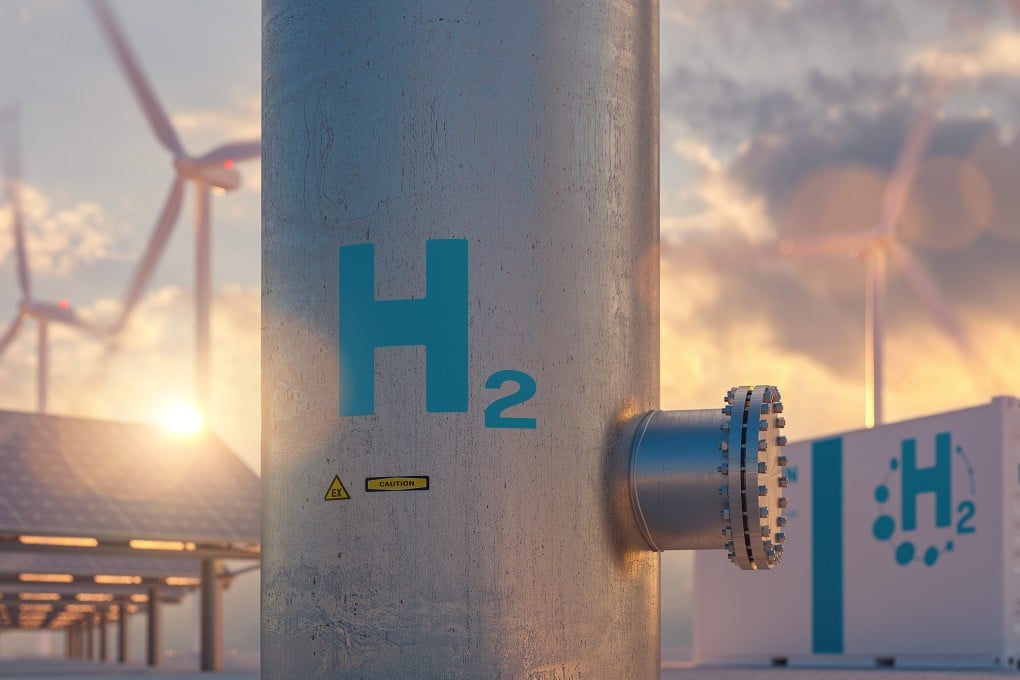China leads world on green hydrogen projects, dominates equipment manufacturing, IEA says
IEA: China accounts for 40 per cent of all new low-emission hydrogen production projects that got the financial green light in the past year

The nation is expanding its capacity to make electrolysers, which use renewable electricity to split water into hydrogen and oxygen, and that will lower the cost of the device around the world, the IEA said. Electrolysers are critical for producing low-emission hydrogen from renewable or nuclear electricity.
The total electrolyser capacity that received financial backing amounted to 20GW globally, which could raise the annual global output of low-emission hydrogen by five-fold by 2030, it said.
Last month, a report from industry body the Hydrogen Council and consultancy McKinsey said the global pipeline of low-carbon hydrogen projects that have won financial backing grew to 434 with US$75 billion worth of investment this year from 102 requiring US$10 billion in 2020.